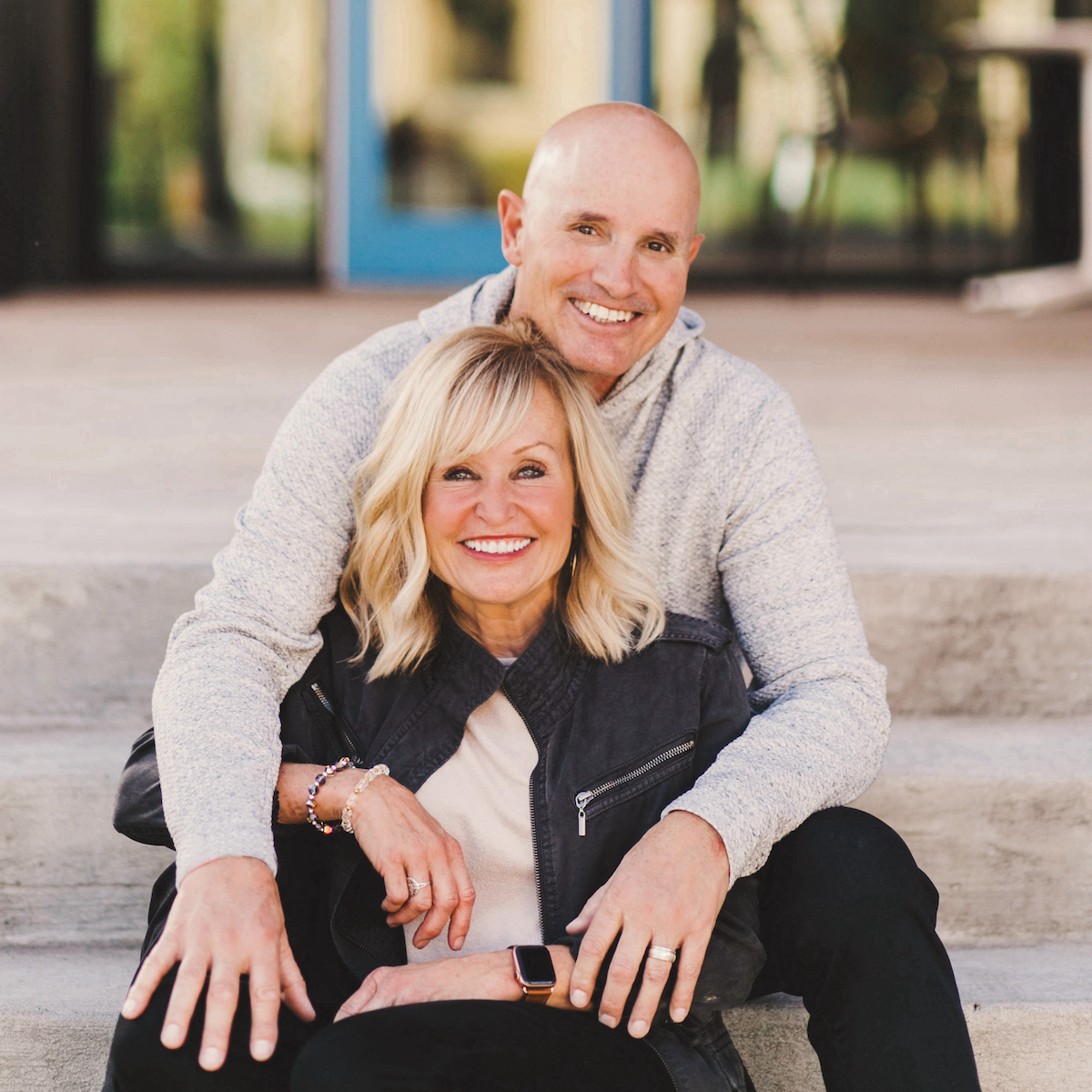Trust is a word we hear often today. Sadly, this is because we have lost trust in so many people and institutions. But nowhere is trust more important than in our relationships. Without trust, intimacy cannot develop or deepen.
While trust is built over time, it can be broken in a moment. When this happens, relationships are at risk. So how do we build and rebuild trust in relationships, especially if that trust has been broken? Here are 12 ways:
- Do what you say. Trust is built on this very principle, follow through on what you say. Your word matters.
- Be honest. Nothing breaches trust more than lies, deception and secrets.
- Admit to breaking trust. When someone does not take responsibility for breaking trust, it is almost impossible to rebuild, So, a first step is to acknowledge what you did to break trust.
- Be remorseful. If you broke someone’s trust, remorse needs to be evidenced. Without remorse, doubt remains. Saying you are sorry and not meaning it does nothing to rebuild trust. If you are only checking a box with an apology, the other person can usually tell.
- Feel free to ask questions if you were betrayed. The betrayer cannot complain about having to answer questions that might be uncomfortable. It is his or her actions that need to be understood in order to repair the damage. So, while you might not like the questions you are asked, answer them honestly.
- Forgive the person who broke the trust. This doesn’t mean you condone the action of the person, minimize the impact, or act like it never happened. Forgiveness means you acknowledge the breach of trust and choose not to allow it to fester in unforgiveness and bitterness.
- Give assurance when and where needed if you broke trust. Once trust is breached, lots of reassurance is needed to help the other person see your change efforts.
- Be empathetic to the pain caused by the trust violation. Often, people will admit to their mistake but then expect to move on without further consequences. However, the emotional pain experienced takes time to work through. The violator needs to be empathetic to the time it takes a person to heal. The deeper the trust wound, the more time it takes to recover.
- Be patient. You can’t rush the rebuilding of trust. It takes time to see if the person is trustworthy again. Over time, the trust breaker has to prove they can be trusted again. This is not a one-time action.
- Don’t use a trust violation as a weapon. What is done, is done. Work through the emotions of the breach, forgive and then move forward. You may not forget what happened, but the emotional pain will eventually go away. However, if you keep thinking about how you were wronged and repeatedly bring it up to the offender, you will get stuck in the healing process.
- No secrets. Relationships built on secrecy usually end. Honesty is needed to rebuild trust, even when that honesty is painful.
- If possible, move towards reconciliation. Forgiveness takes one person. Reconciliation takes two. So again, when trust is broken, time will tell if you can be trusted again. If so, the possibility of reconciliation may be present.
Now, if a person repeatedly shows you that he or she is not trustworthy, then boundaries are needed. Continue to forgive and keep the door open to reconciliation should the person repent and sustain change.
Finally, one of the benefits of the Christian life is that God is completely trustworthy. He will never break your trust. So, despite broken trust from human relationships, look to Christ. He will never leave you, abandon you, lie, betray or break your trust. Additionally, He thinks about you, knows you by name, created you and fights for you. He keeps His word and never lies. Unlike man, there is no sin in Him, so He is incapable of letting you down. Yes, this means He is completely faithful to His promises. No matter what happens in our lives, we can trust God. However, when it comes to people, we may have some work to do.
NOTE: If you are having trouble rebuilding trust in a relationship, you may want to see a therapist to help move all parties through the process. I address this process in my book, I Married You, Not Your Family.










